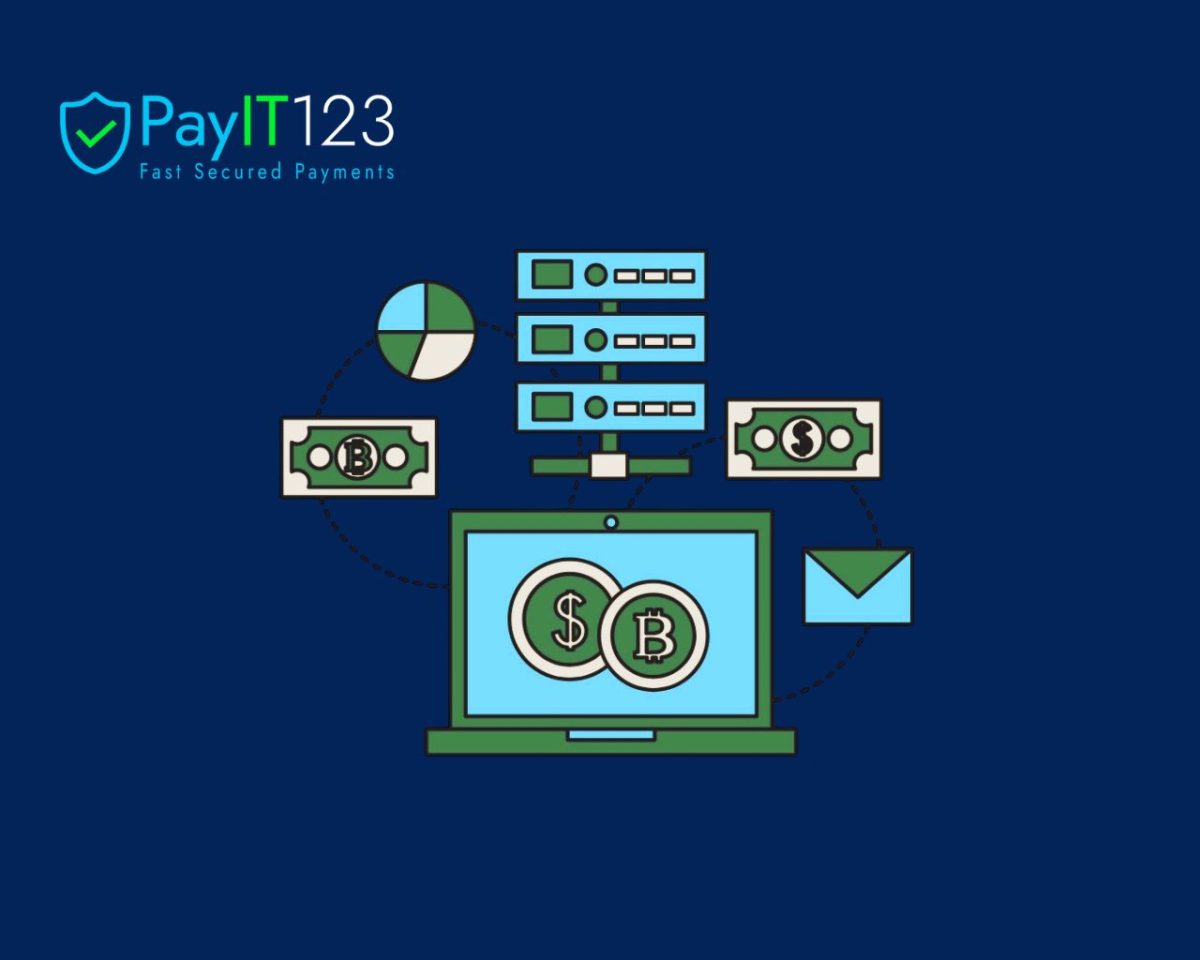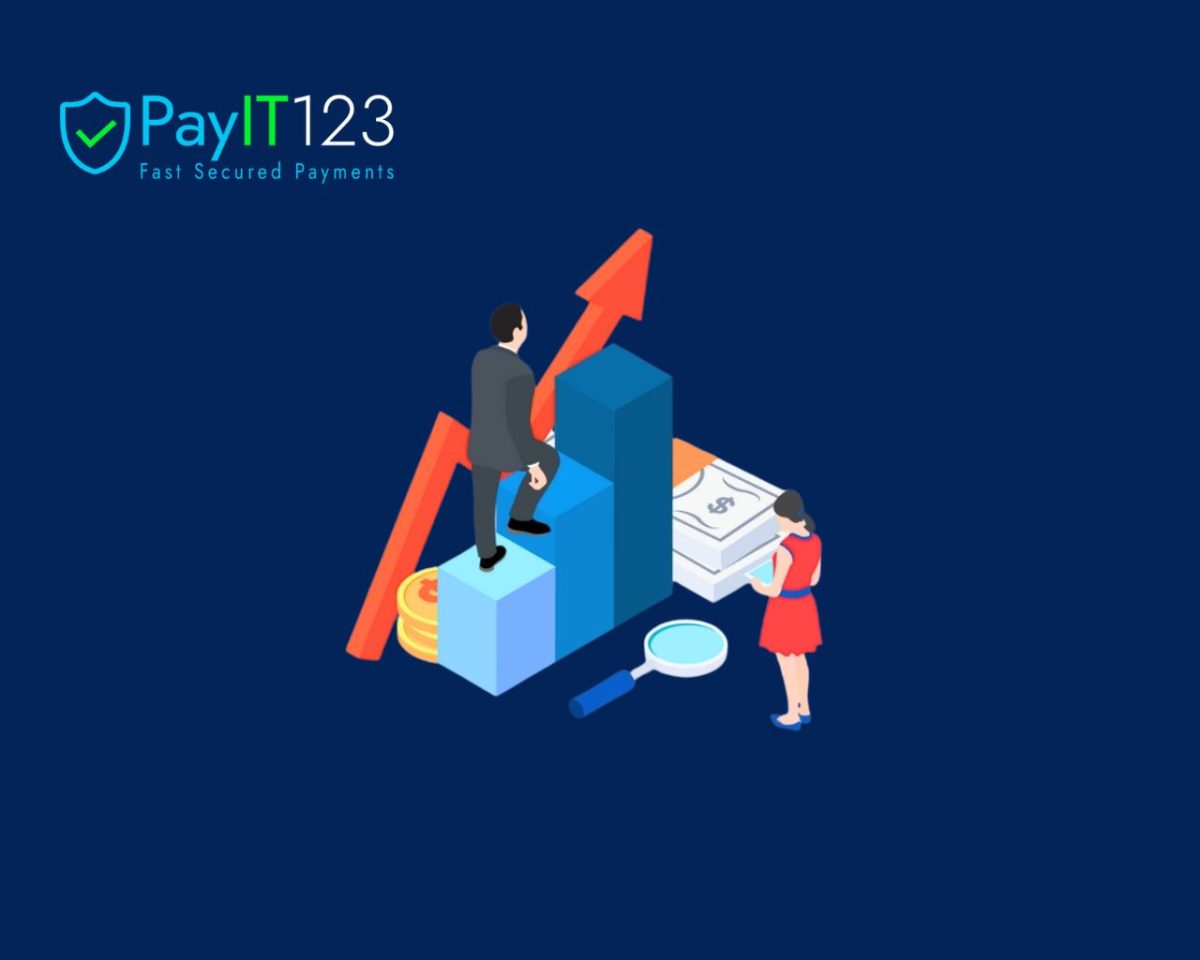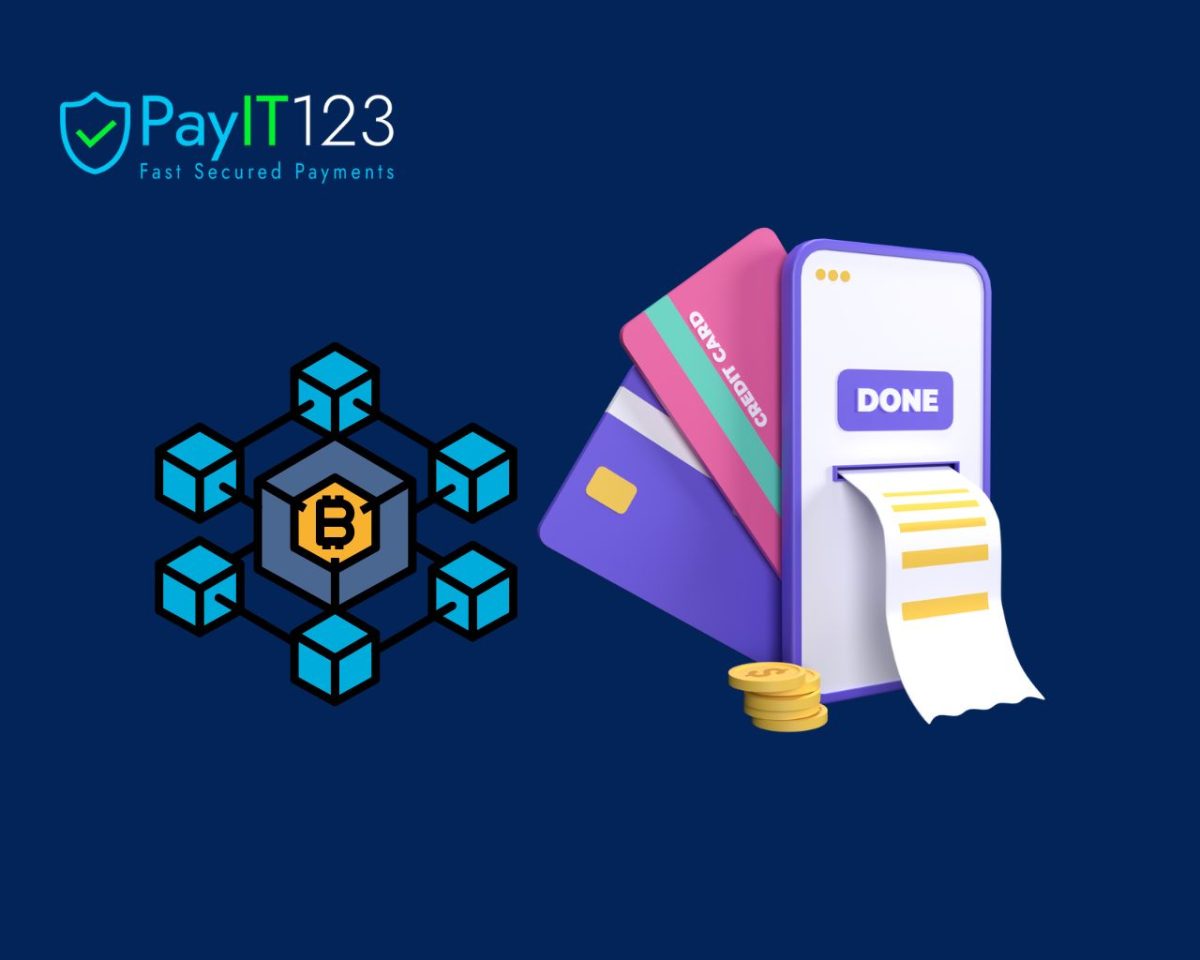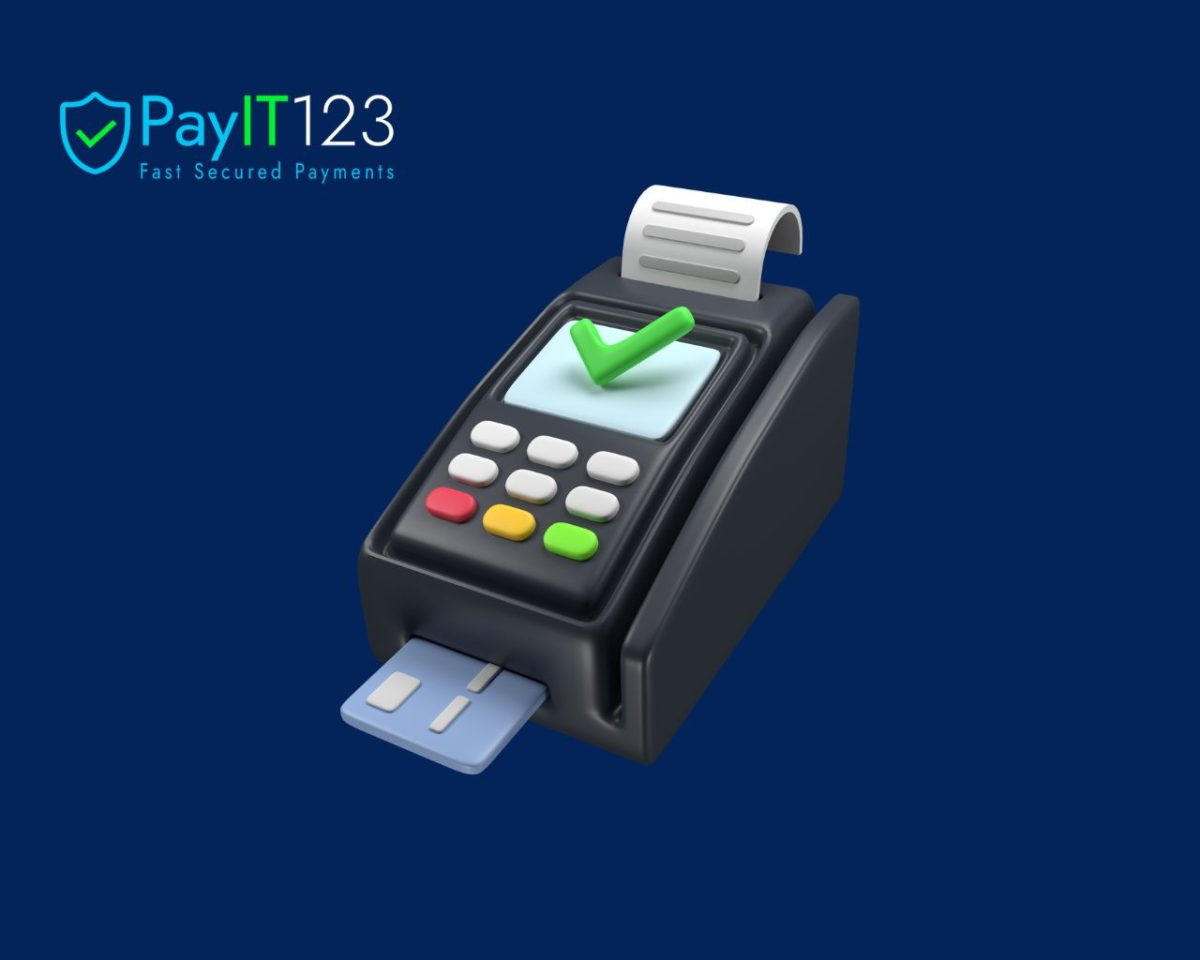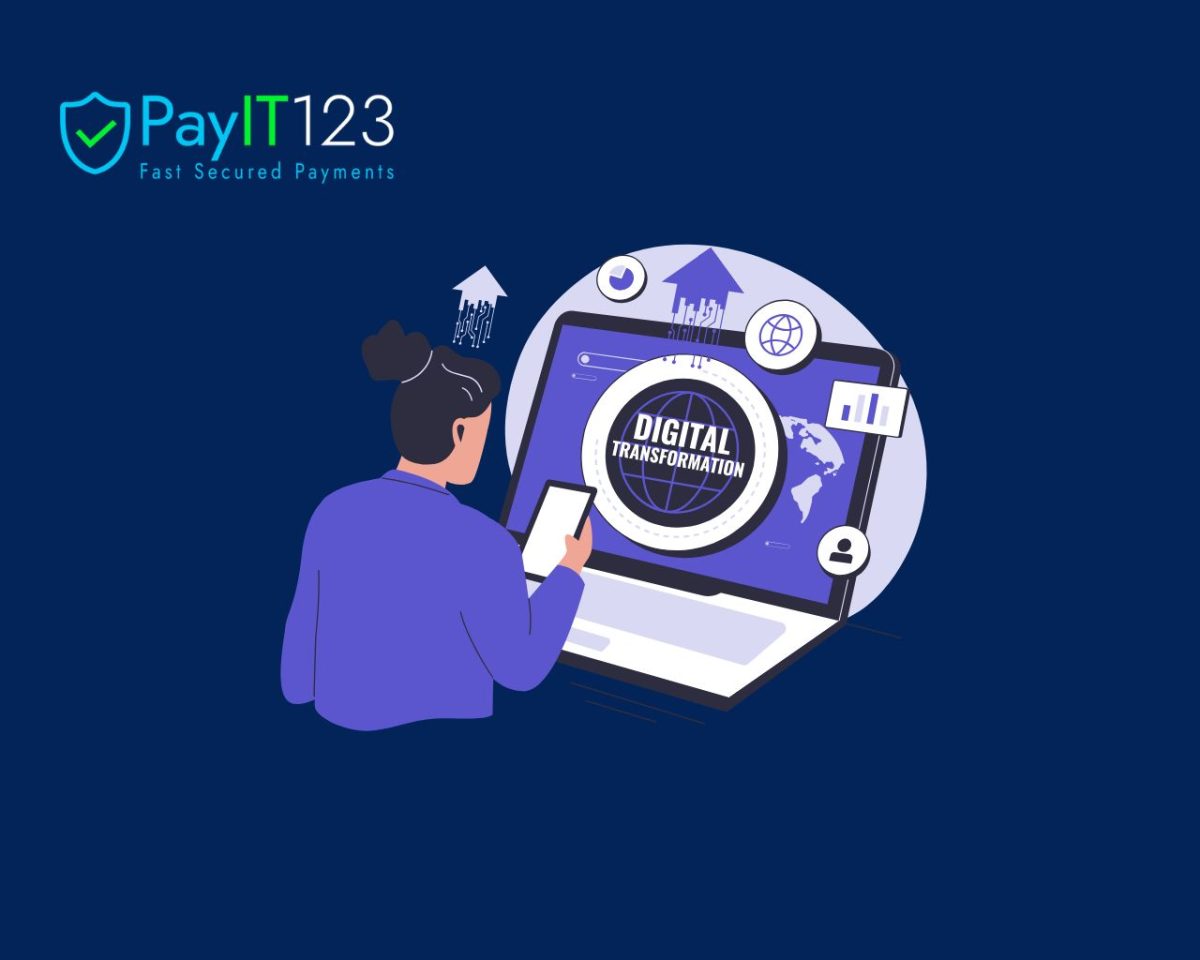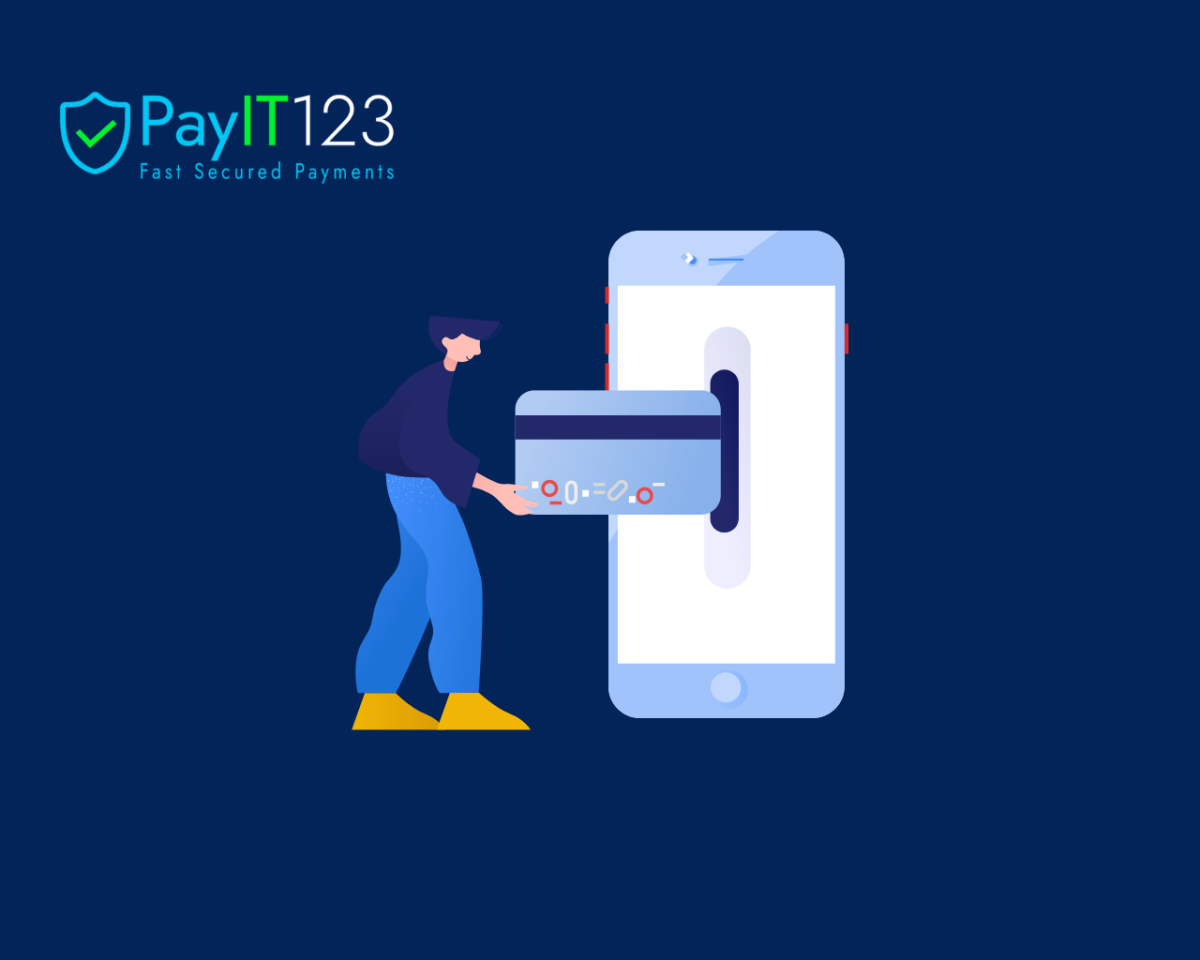Overview
In today’s digital age, even non-tech businesses must embrace technology to remain competitive. Many companies that don’t operate in the tech sector often find it challenging to implement and integrate digital tools. However, the right technology can streamline operations, improve customer experiences, and enhance productivity. Enter Payit123, an essential tech onramp that simplifies payments and financial transactions for non-tech businesses.
Why Non-Tech Businesses Need to Adopt Technology
Many small and medium-sized businesses in industries such as retail, hospitality, healthcare, and professional services face the challenge of integrating technology into their daily operations. These businesses may lack the internal resources or expertise to manage complex technical solutions. However, the benefits of embracing tech are undeniable. Technology helps automate time-consuming tasks, reduces human error, and opens up new avenues for growth, such as offering online payments or improving customer service through digital tools.
For businesses that are not tech-heavy, user-friendly, easy-to-implement solutions are crucial. That’s where platforms like Payit123 come in, providing accessible, tech-driven solutions without the complexity typically associated with software integration.
What is Payit123?
Payit123 is a digital payment platform designed to help non-tech businesses simplify payment processing. It enables businesses to accept payments securely, quickly, and with minimal setup, making it an ideal solution for companies with limited tech experience. Payit123 enables businesses to manage transactions from anywhere, accept online payments, and automate billing—streamlining the payment process for both the business and its customers.
Benefits of Payit123 for Non-Tech Businesses
Ease of Use
Payit123 is designed to be intuitive and straightforward. Non-tech businesses can quickly get started without needing to invest in complex training or specialized knowledge. With a user-friendly interface, businesses can start accepting payments and managing invoices in just a few clicks.
Secure Payment Processing
Security is paramount in today’s digital landscape. Payit123 offers secure payment processing, ensuring that businesses and customers are protected from fraud and data breaches. This boosts customer confidence and ensures compliance with financial regulations.
Automation of Billing and Payments
With Payit123, businesses can automate tasks like billing, reminders, and recurring payments. This not only saves time but also reduces the risk of errors, ensuring that financial operations run smoothly and efficiently.
Access to Customer Insights
Payit123 also provides valuable data insights, helping businesses understand customer behavior, spending patterns, and transaction history. This enables more intelligent decision-making, targeted marketing efforts, and enhanced customer service.
Conclusion
Incorporating technology into non-tech businesses doesn’t have to be complicated. Solutions like Payit123 provide simple, secure, and effective ways to manage payments, improve operational efficiency, and enhance customer satisfaction. By embracing such tools, even businesses without a tech background can harness the power of digital transformation, staying ahead of the competition and creating better experiences for their customers.
#TechForNonTech #Payit123 #DigitalTransformation #BusinessPayments #Fintech #SmallBusinessSolutions #Automation #PaymentProcessing #CustomerExperience #TechOnramp

